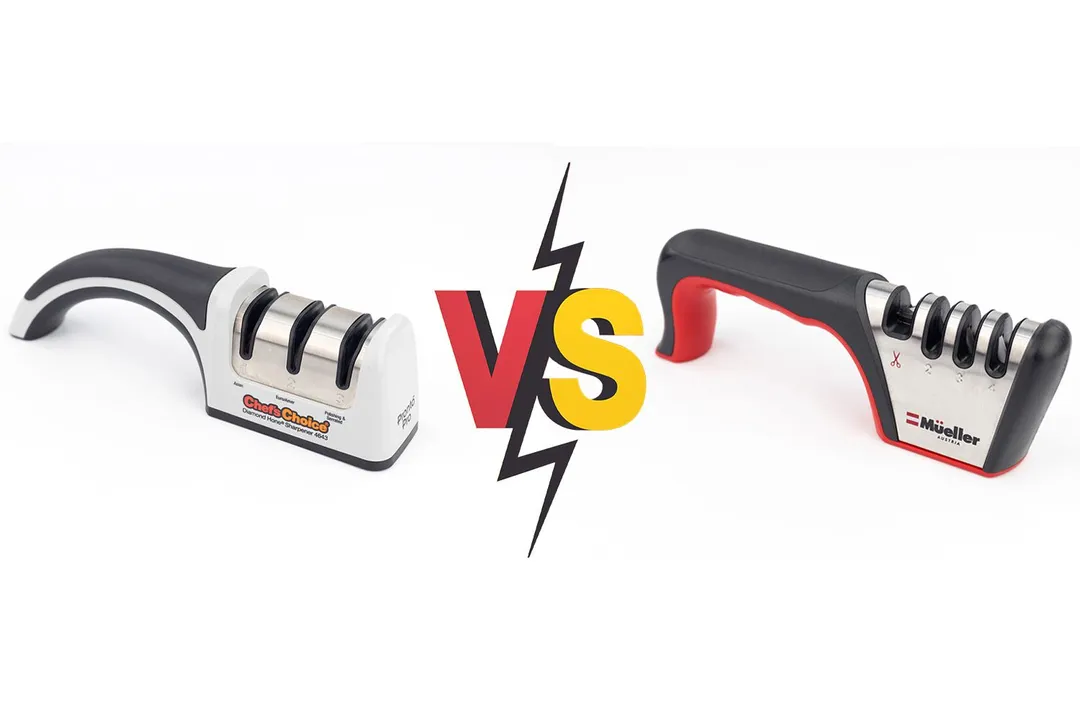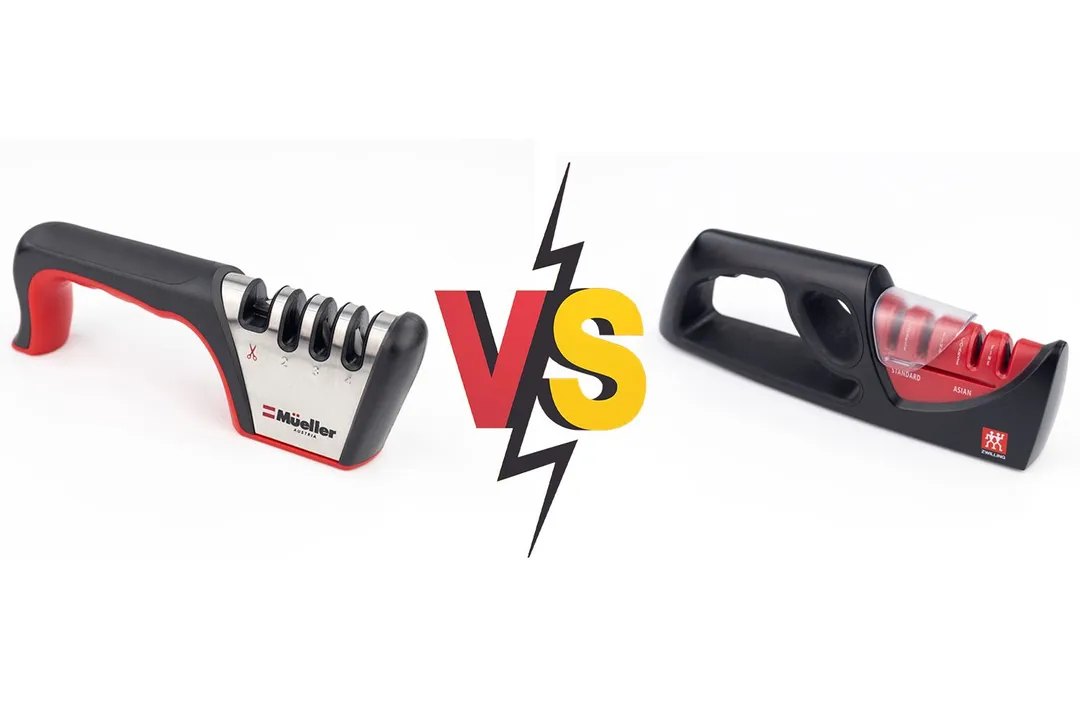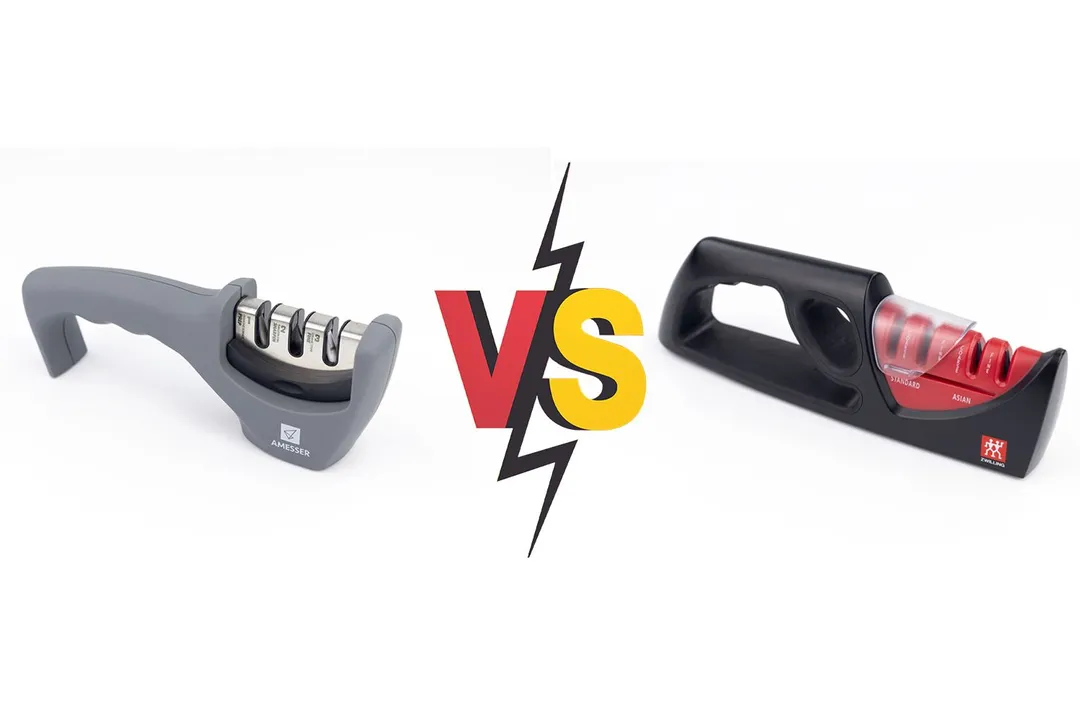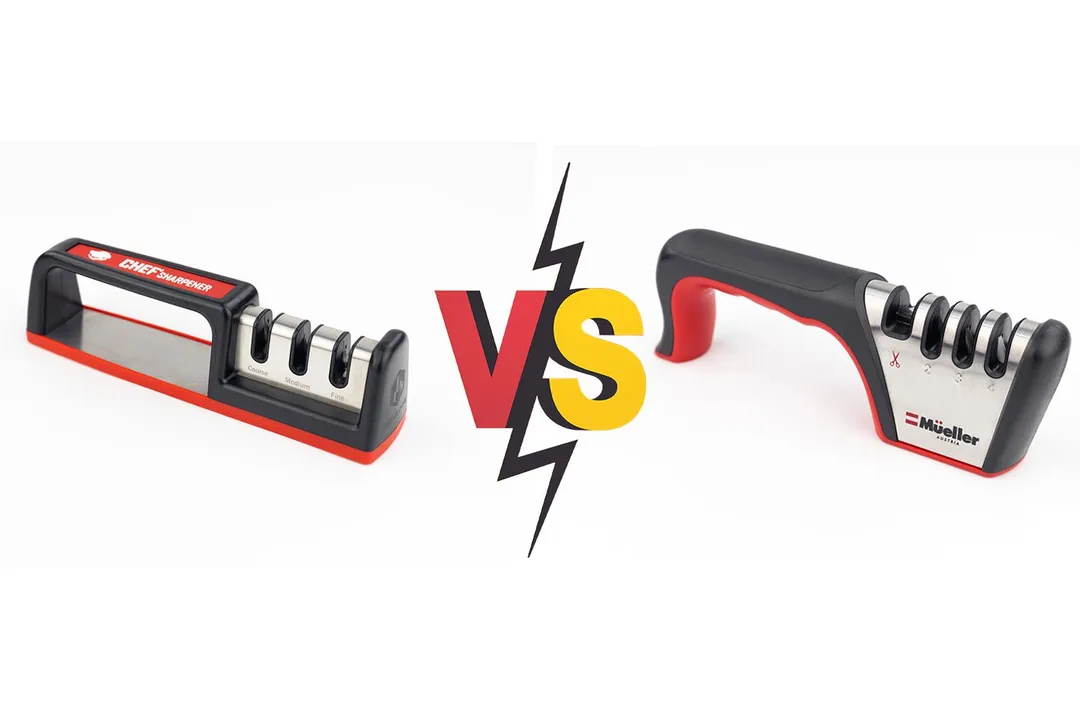Our recommendations are made independently through Research & Testing. We may receive commissions from purchases made via our links.
Amesser A-65 3-Stage vs. Mueller 4-Stage Sharpener Side-by-Side Comparison
Despite sharing similar overall ratings, the Amesser A-65 3-stage and Mueller 4-stage sharpeners actually performed quite differently in our tests.
Amesser A-65
Tested Using Methodology v1.1Mueller 4-Stage
Tested Using Methodology v1.1
Overall Verdict
While the discrepancy in their overall ratings is negligible, the Amesser A-65 and the Mueller 4-stage sharpeners don’t share similar scores in every category.
In speed, for example, the latter has the upper hand. It took much less time to sharpen a knife to a serviceable level. Not only that, but the Mueller could bring the knife to a higher level of keenness compared to the Amesser, when given the same amount of sharpening time.
The Amesser, on the other hand, didn’t shave as much steel off the knife’s edge as its Mueller counterpart did. We also ended up with a more refined edge compared to that produced by the Mueller.
Pros & Cons
- Affordable
- Instinctive and easy to use
- Well-built with a solid design
- Grippy and comfortable handle
- Safety glove included
- Strong construction, pretty coloring
- Quick sharpening
- Scissor slot
- Ease of use
- Tapered base
- High center of gravity
- High center of gravity
- Harsh on the knife edge
Key Specs
Where to Buy
*You help support HealthyKitchen101's product testing and reviews by purchasing from our retail partners.
Analysis and Test Results
Performance
Sharpening Time to Cut a Lemon
Material Retention



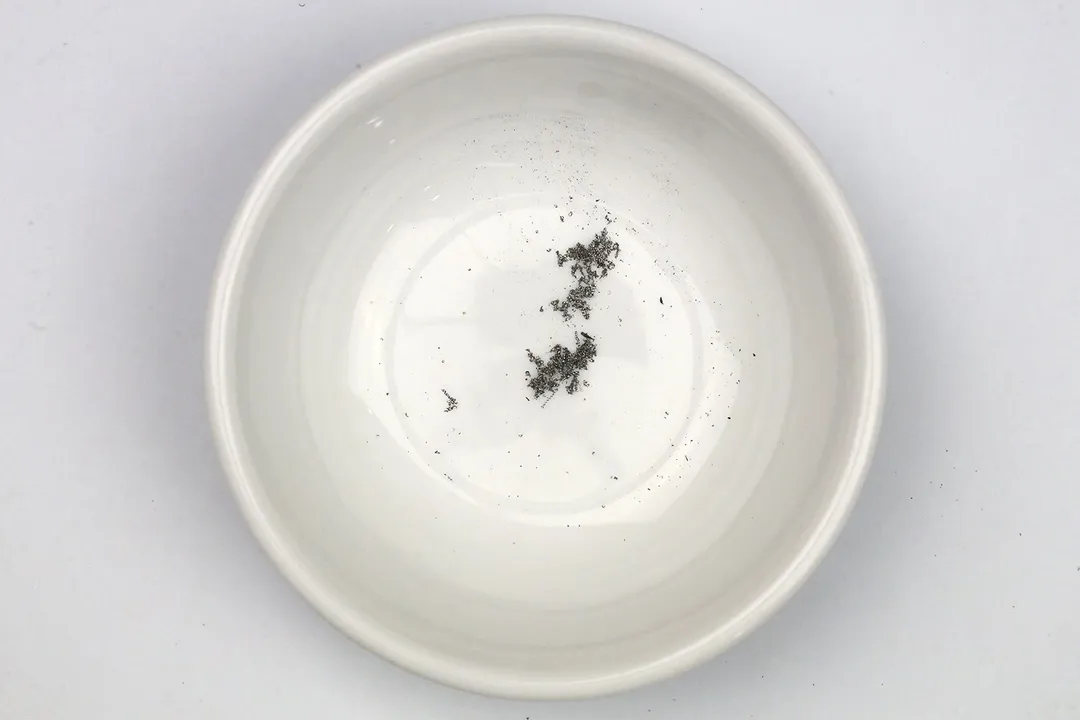
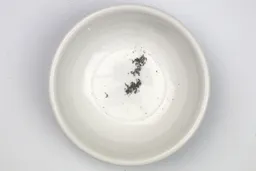
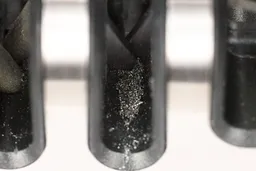
Maximum Sharpness Achieved
Edge Smoothness

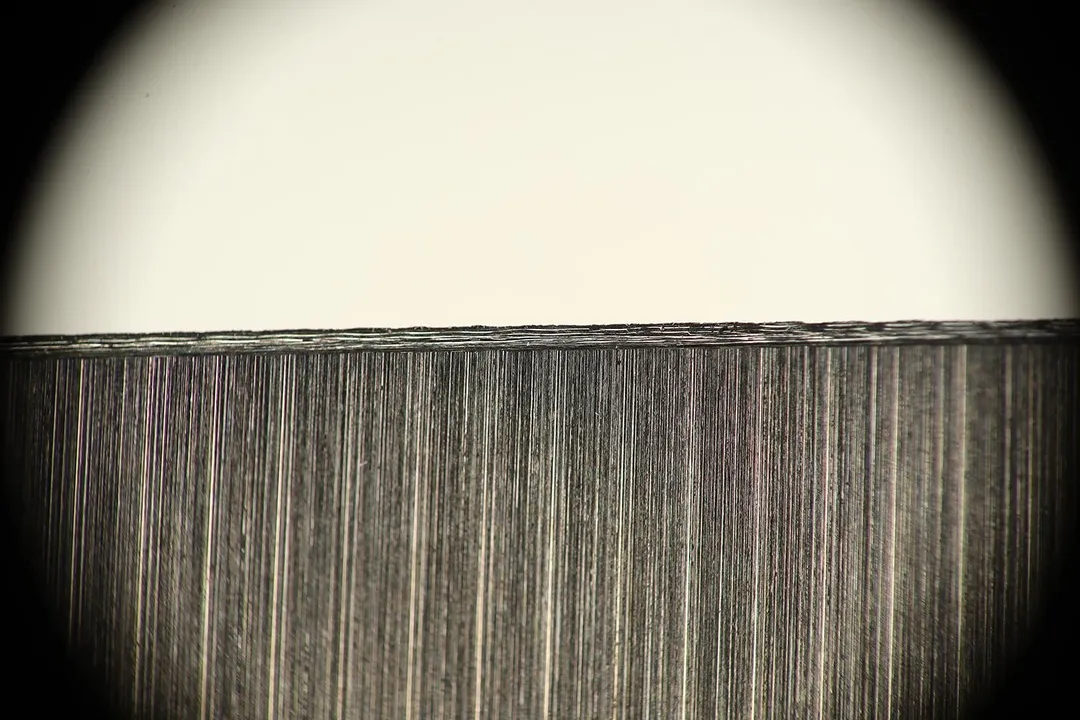
Design
In the Box

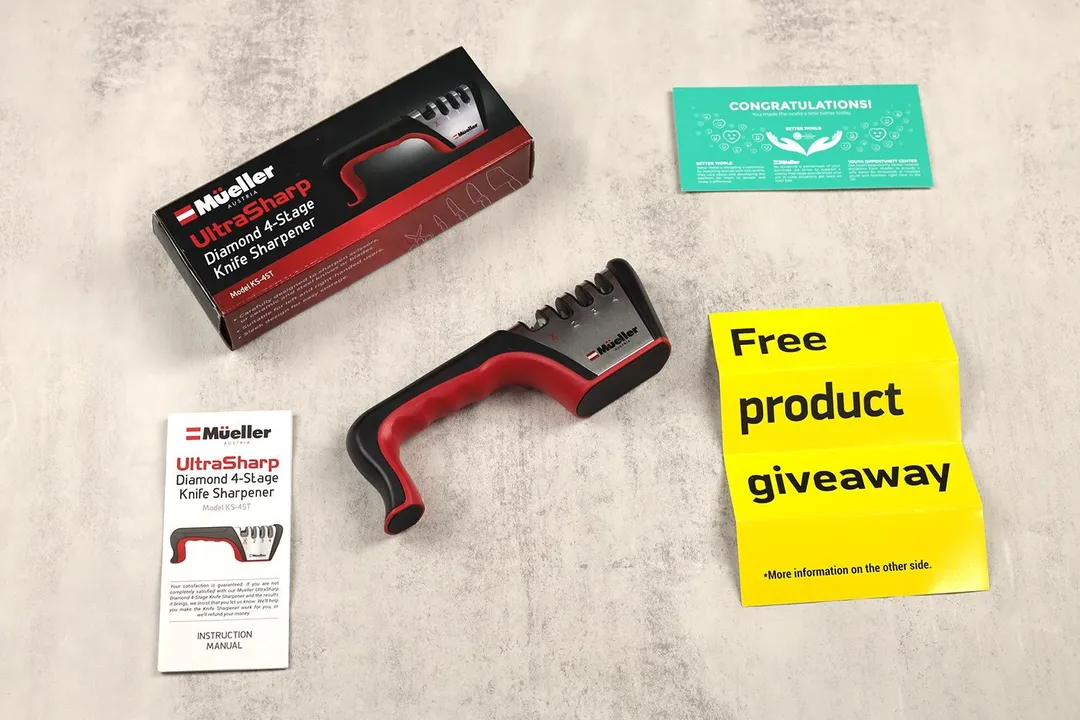
Dimensions
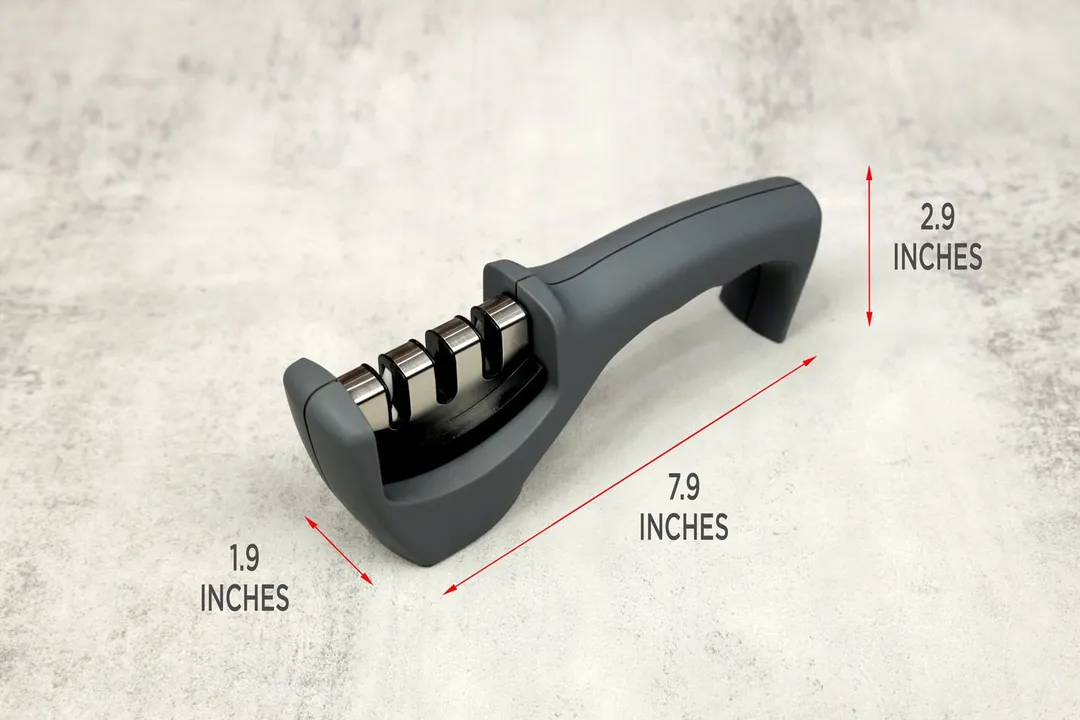
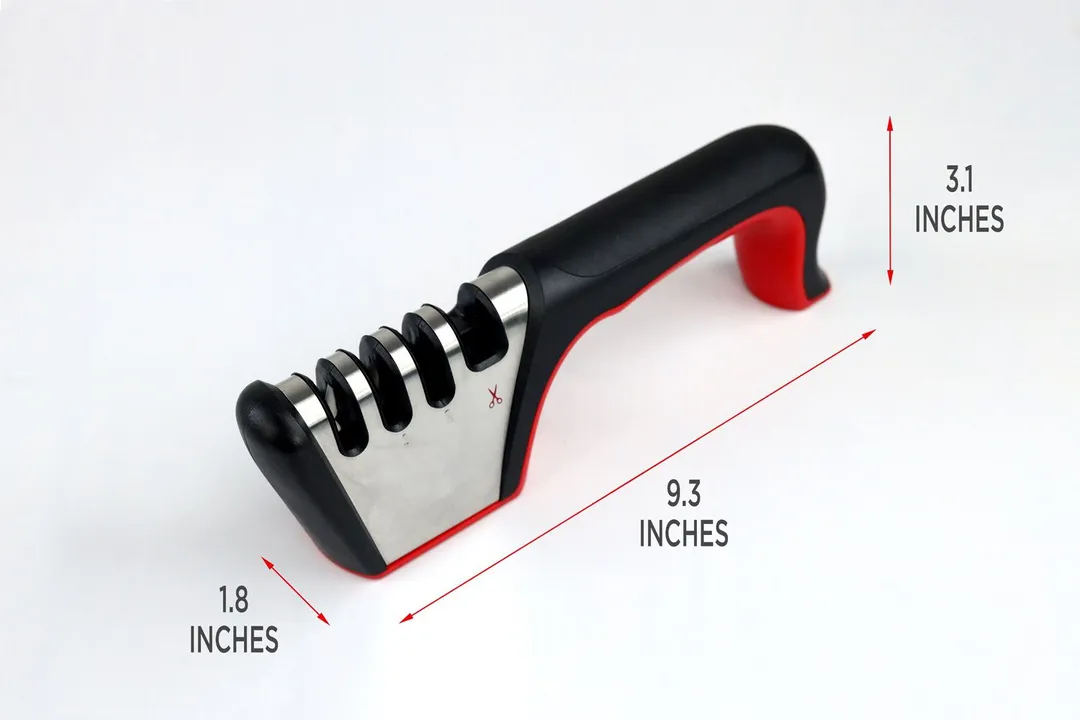
Build Quality
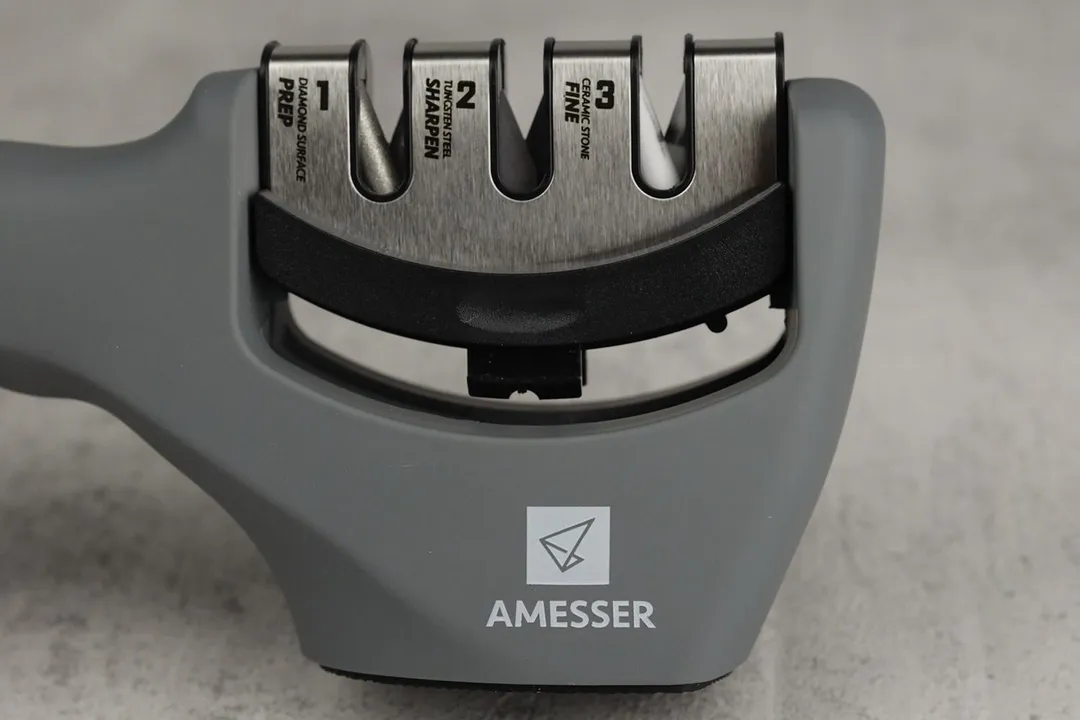
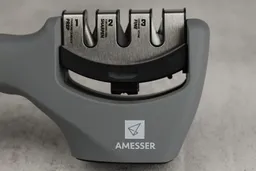
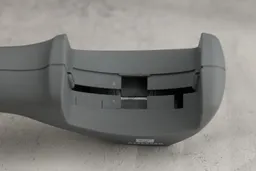
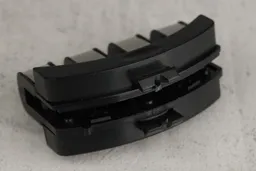
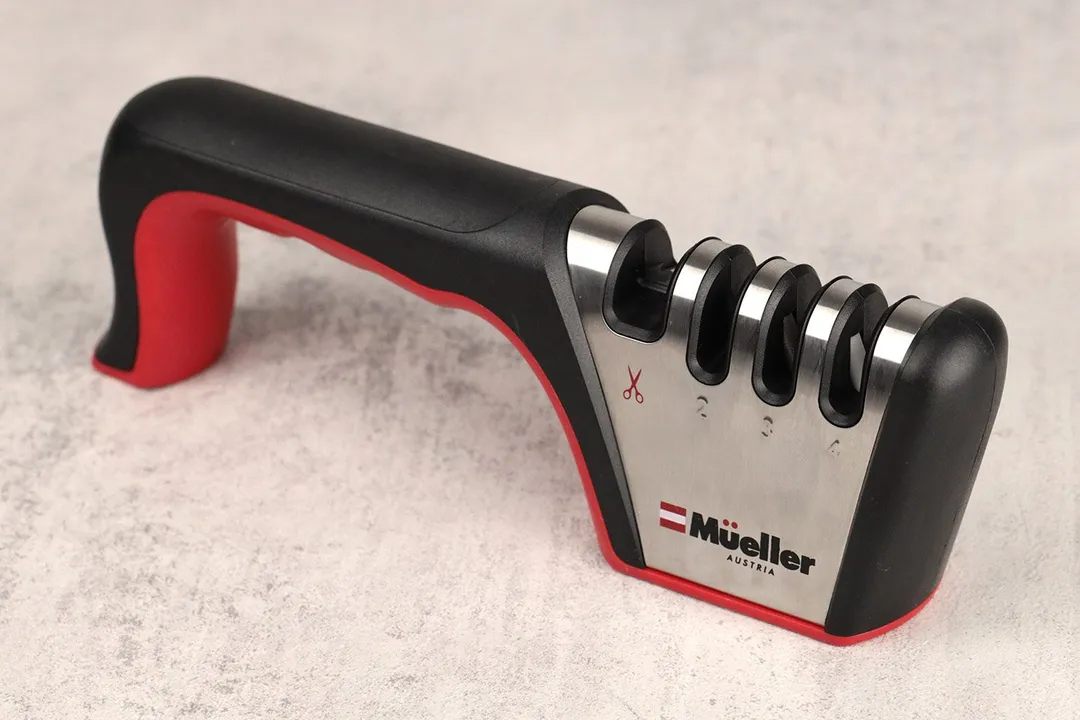
Working Section
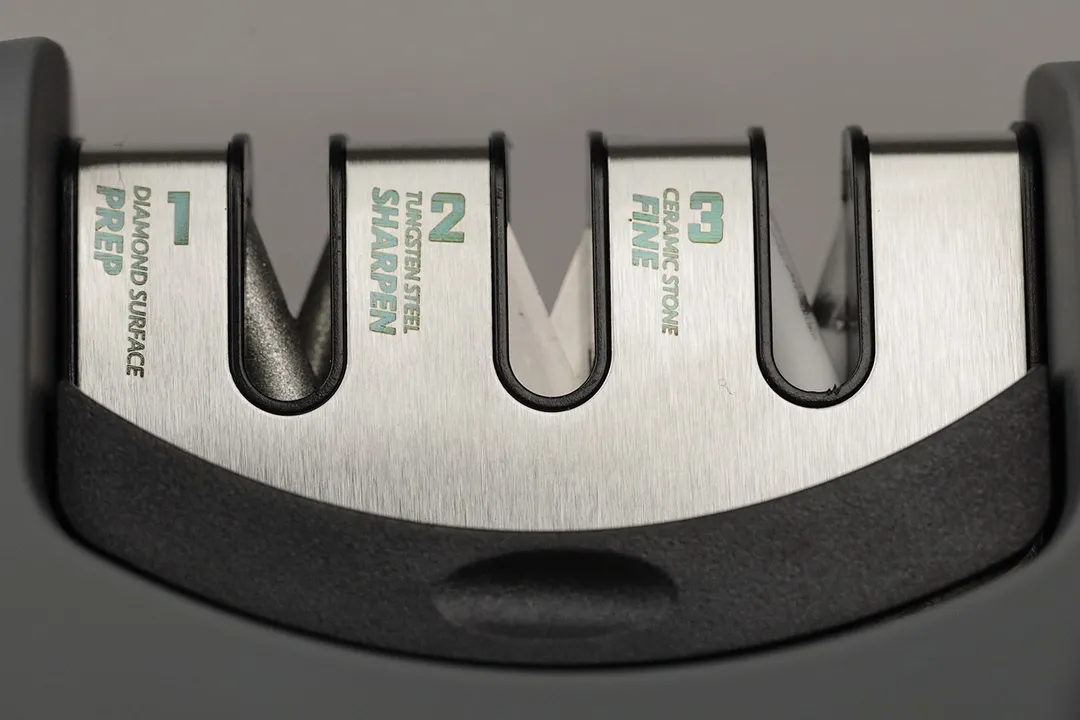
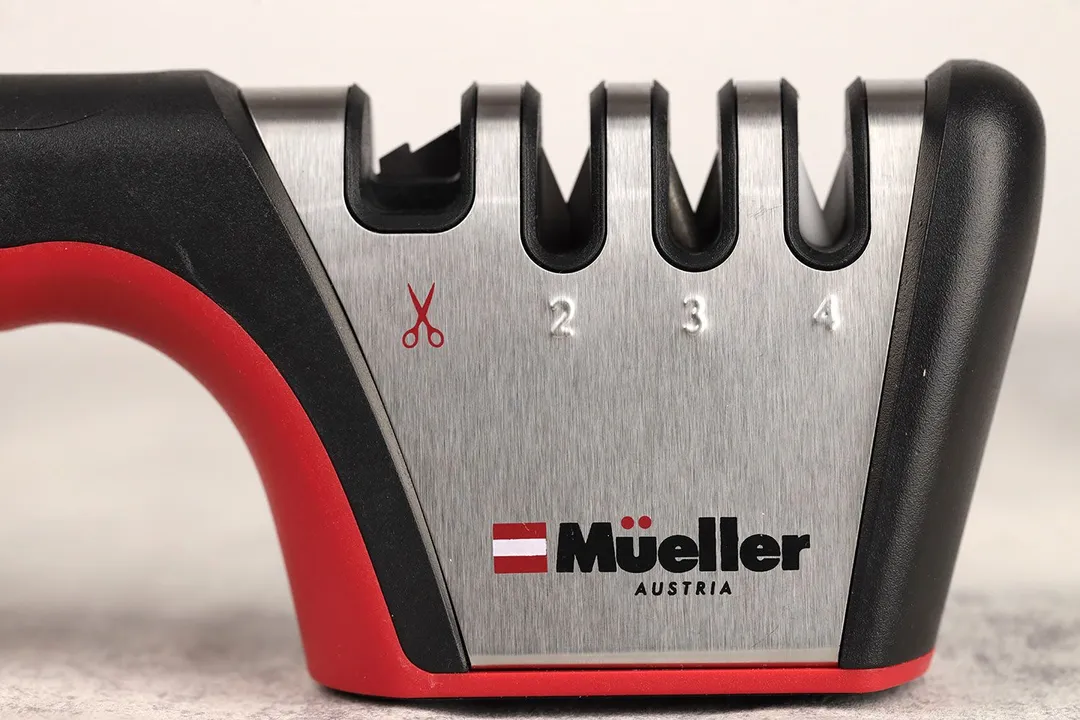
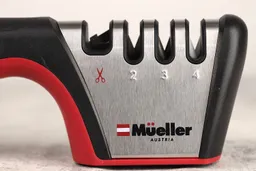
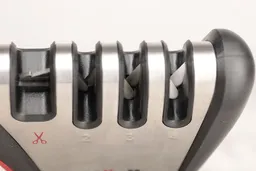
Base
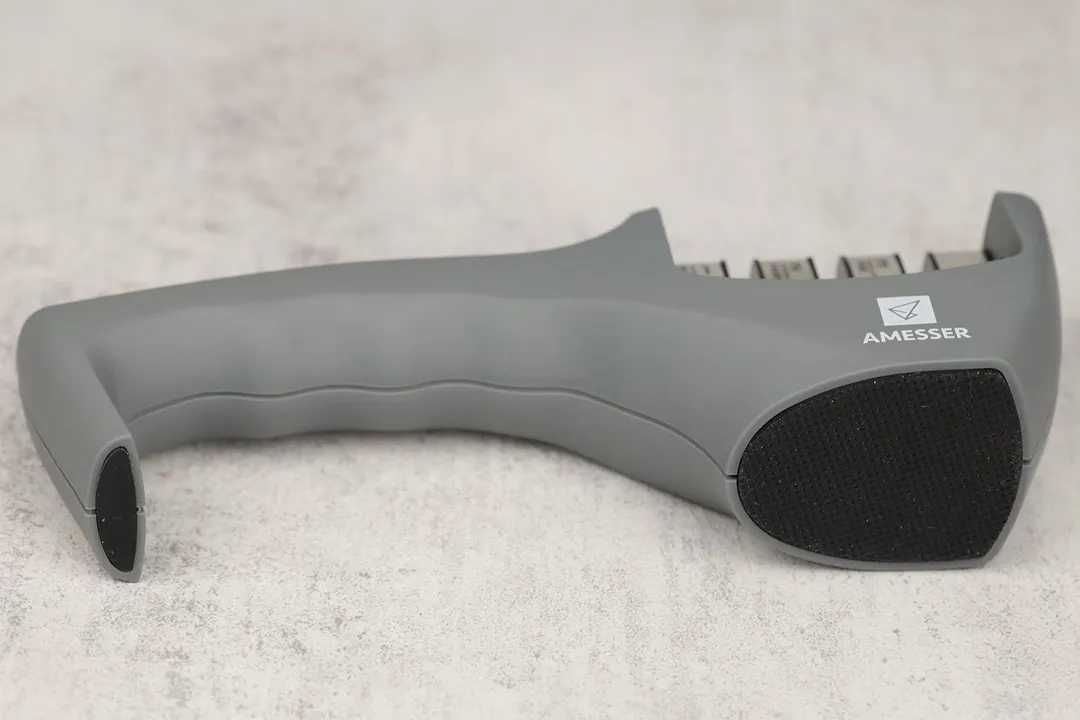
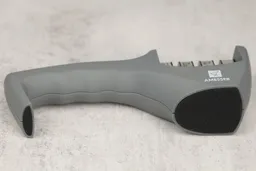

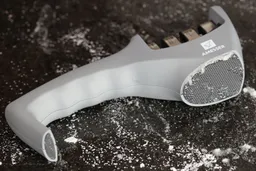

Grip

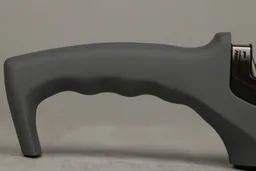

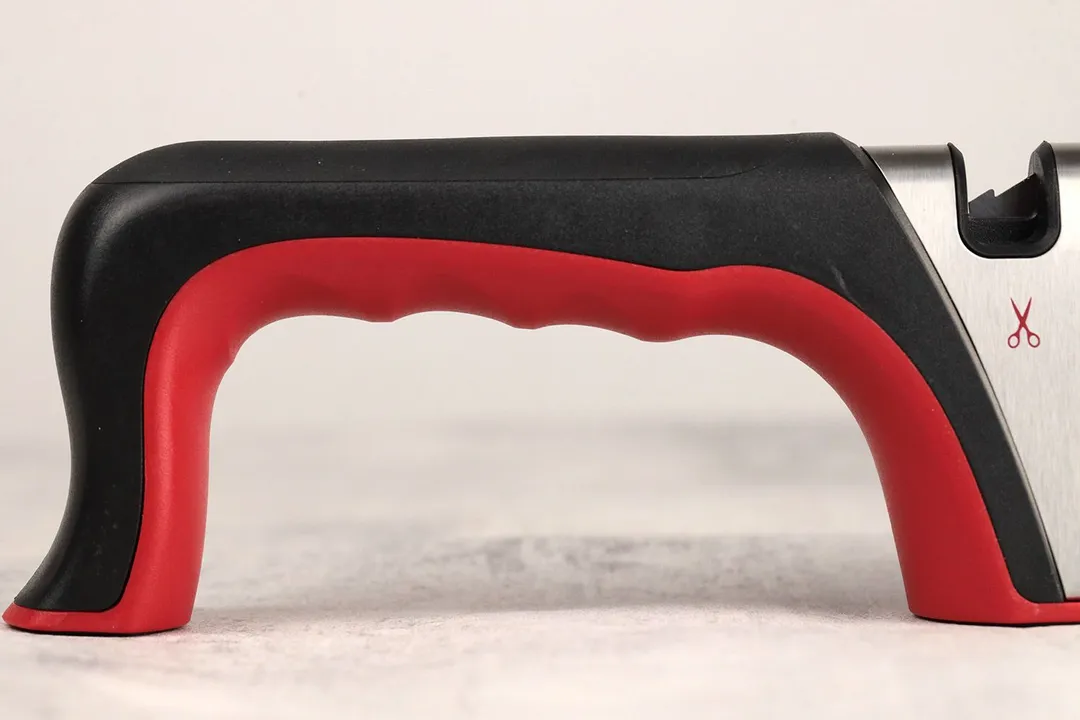
Usability
Slot Arrangement
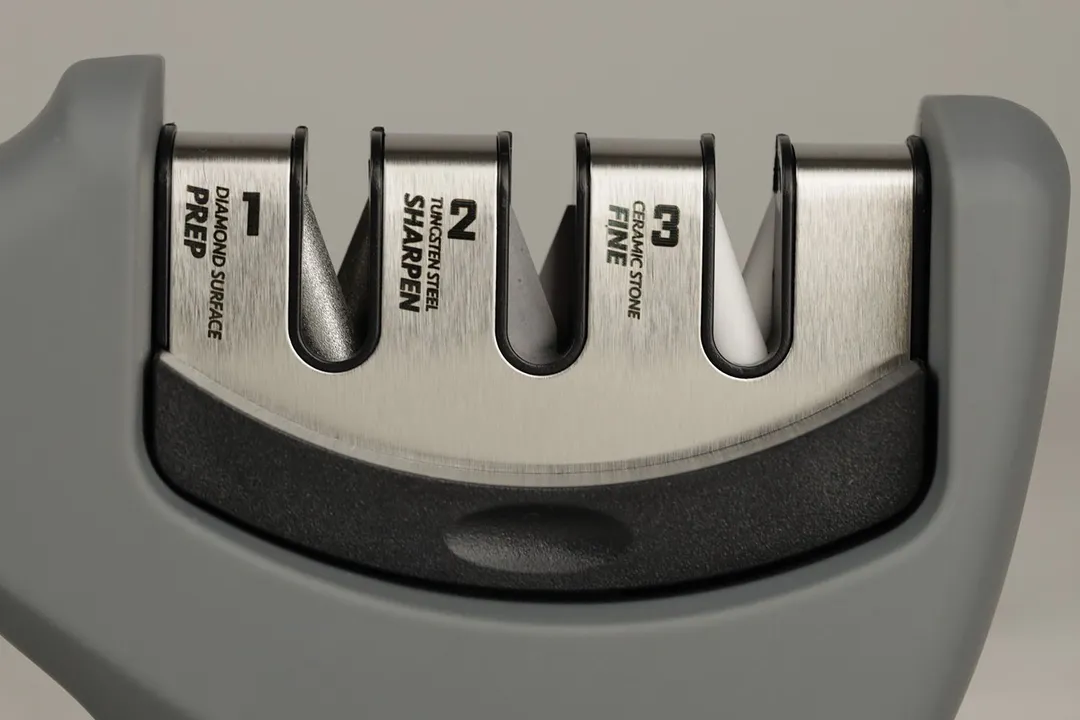
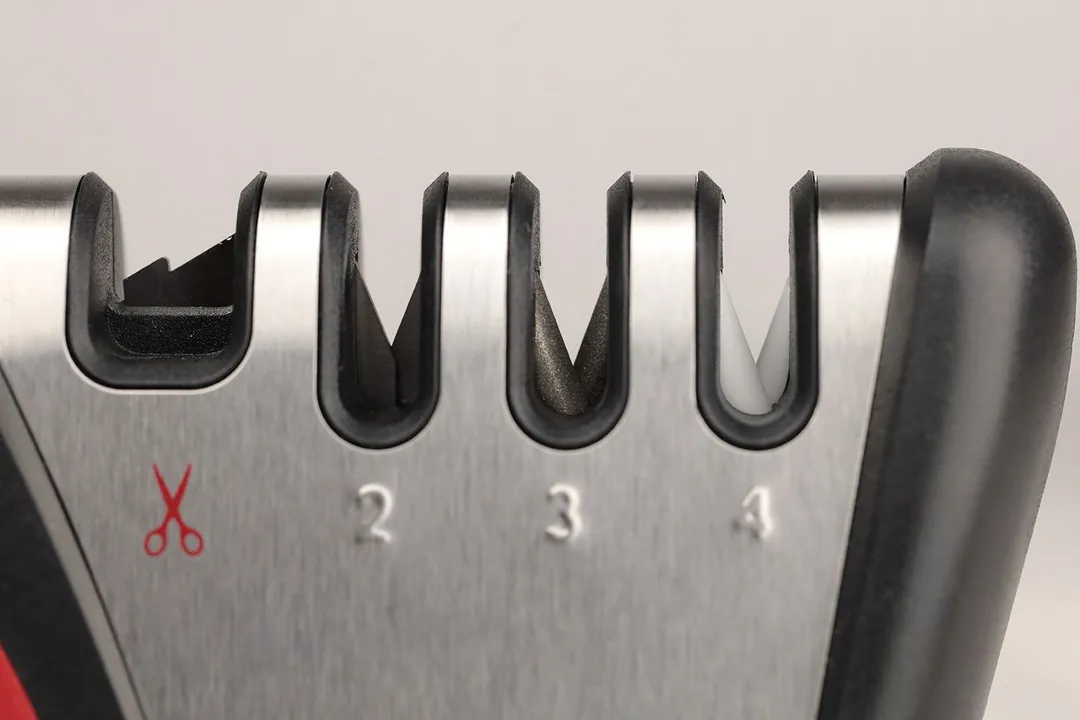
Insertion
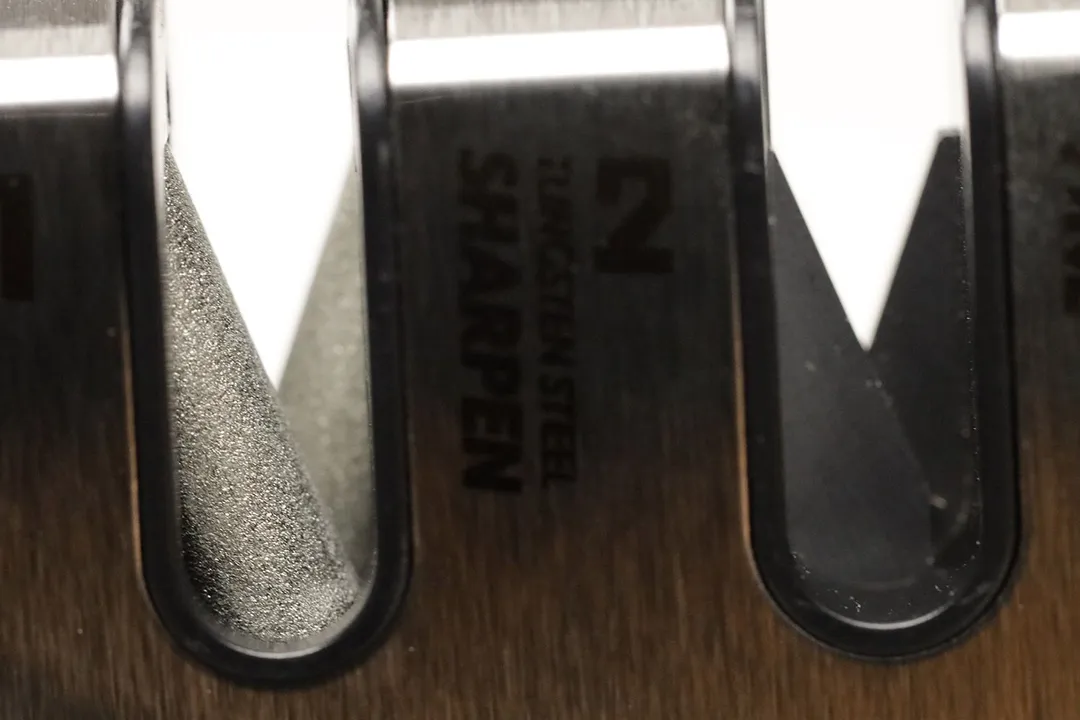
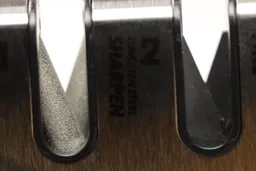
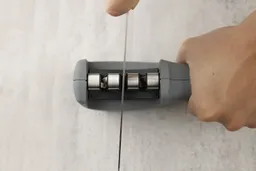
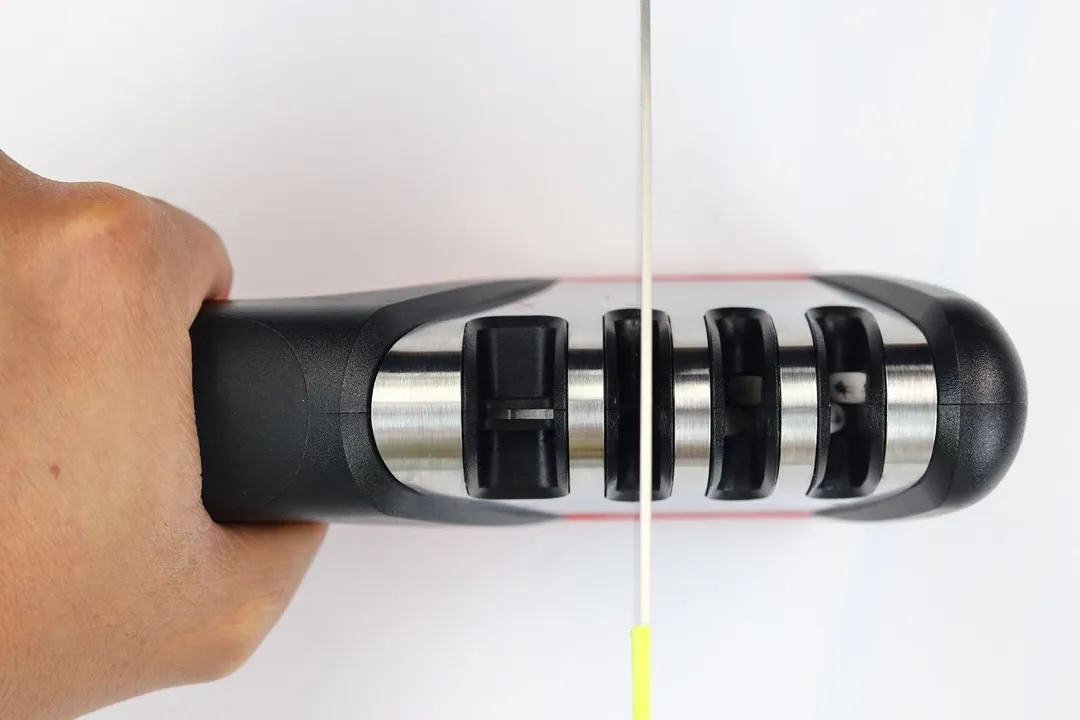
Pulling Through
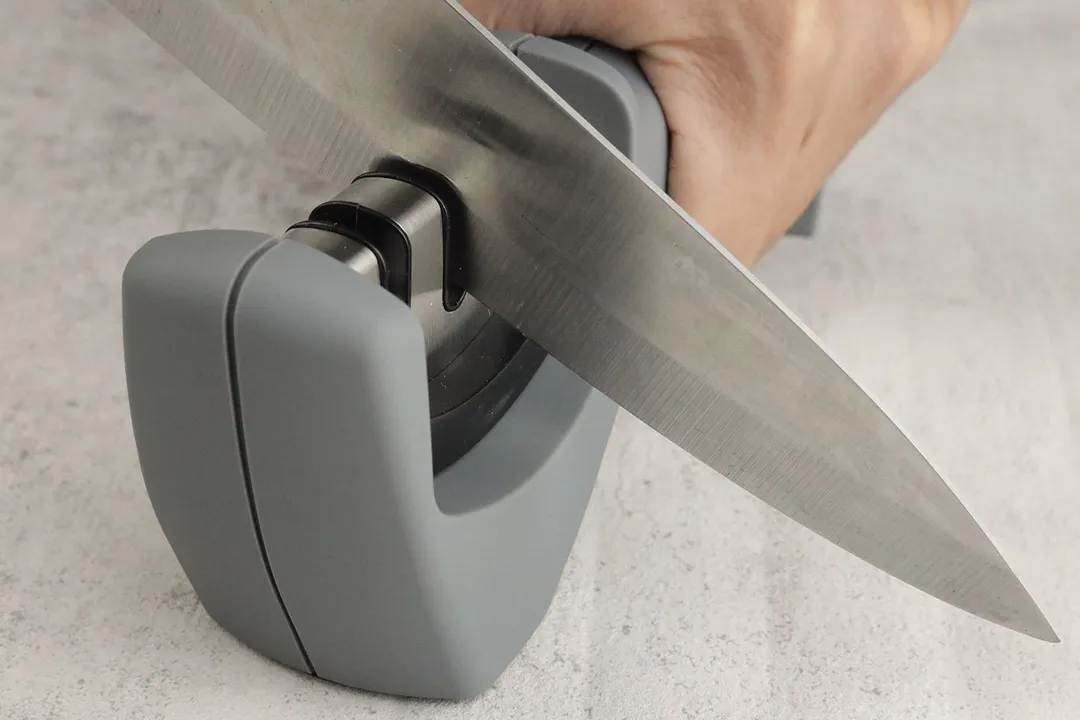
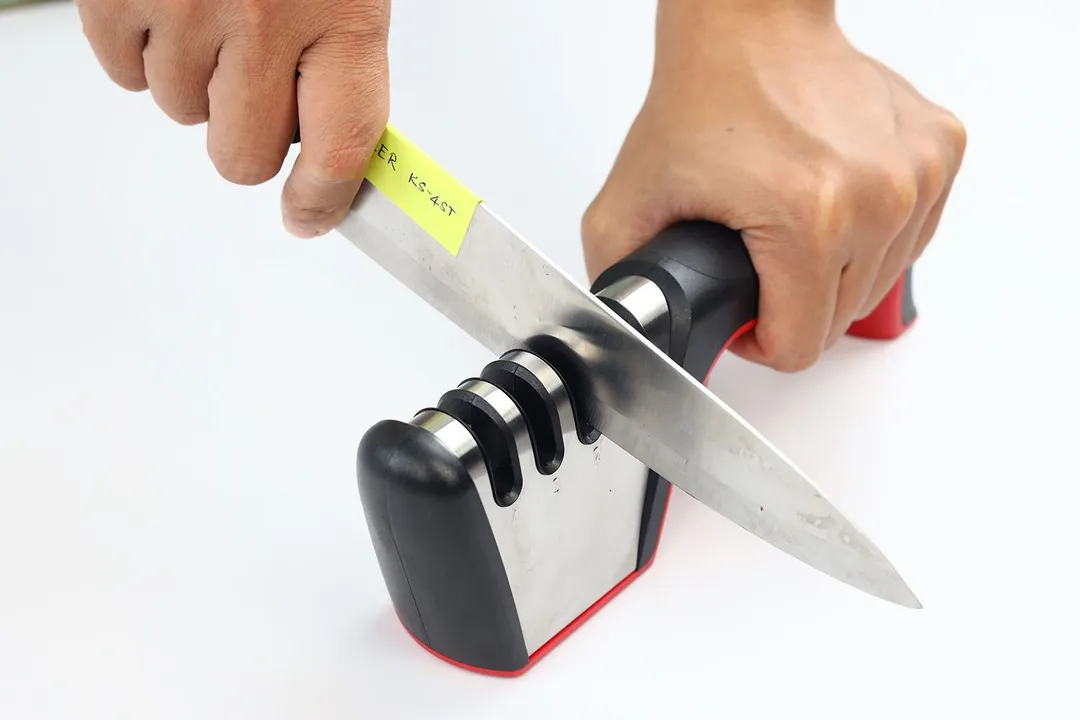
Stability on a Clean Surface
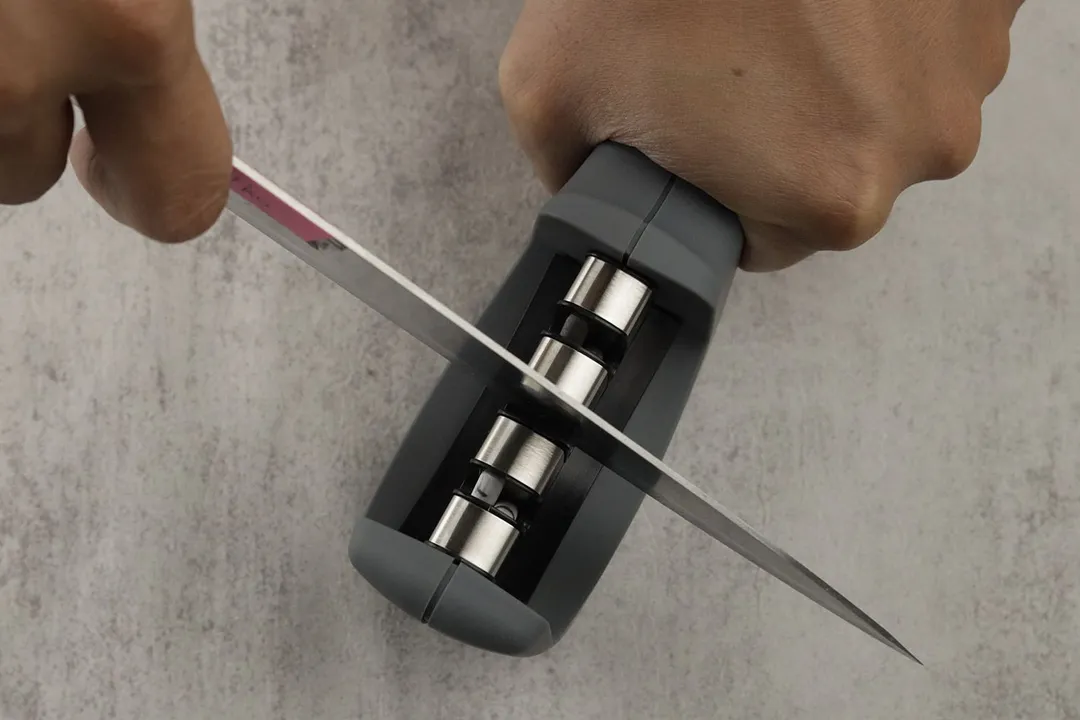
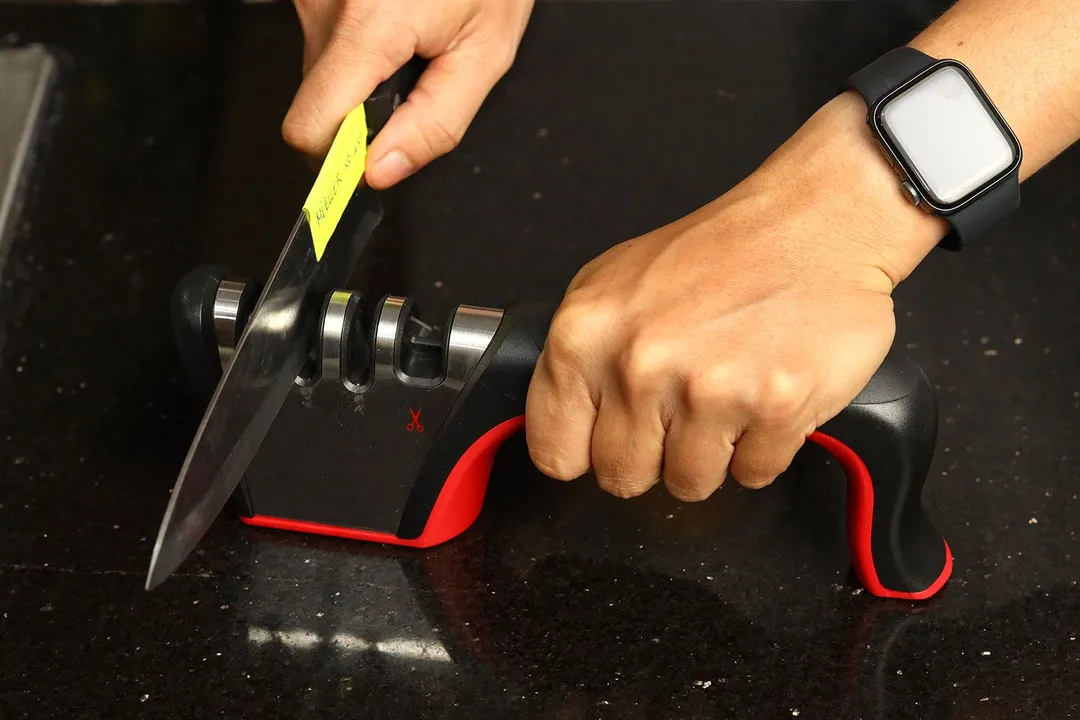
Stability on a Wet and Dirty Surface


Behind the Comparison
Anh Ngo is a writer with 9 years experience at different media outlets, covering from public news and events to product testing and analysis. At HealthyKitchen101, she works across different departments, communicating closely with its network of writers, editors, and health, tech, and search engine experts to provide a meaningful and pleasant reading experience for visitors.
Lap is Head of the Research, Testing, and Review Team (RTR Team) at HealthyKitchen101.com, where he directs and supervises the testing of kitchen gadgets and appliances.
Nguyen Ntk is a graphic designer, photographer, and videographer whose philosophy centers around respecting and celebrating the beauty of reality. Through his lenses, Nguyen strives to capture the true essence of objects and events, showcasing and highlighting authentic features without distortion or exaggeration.




